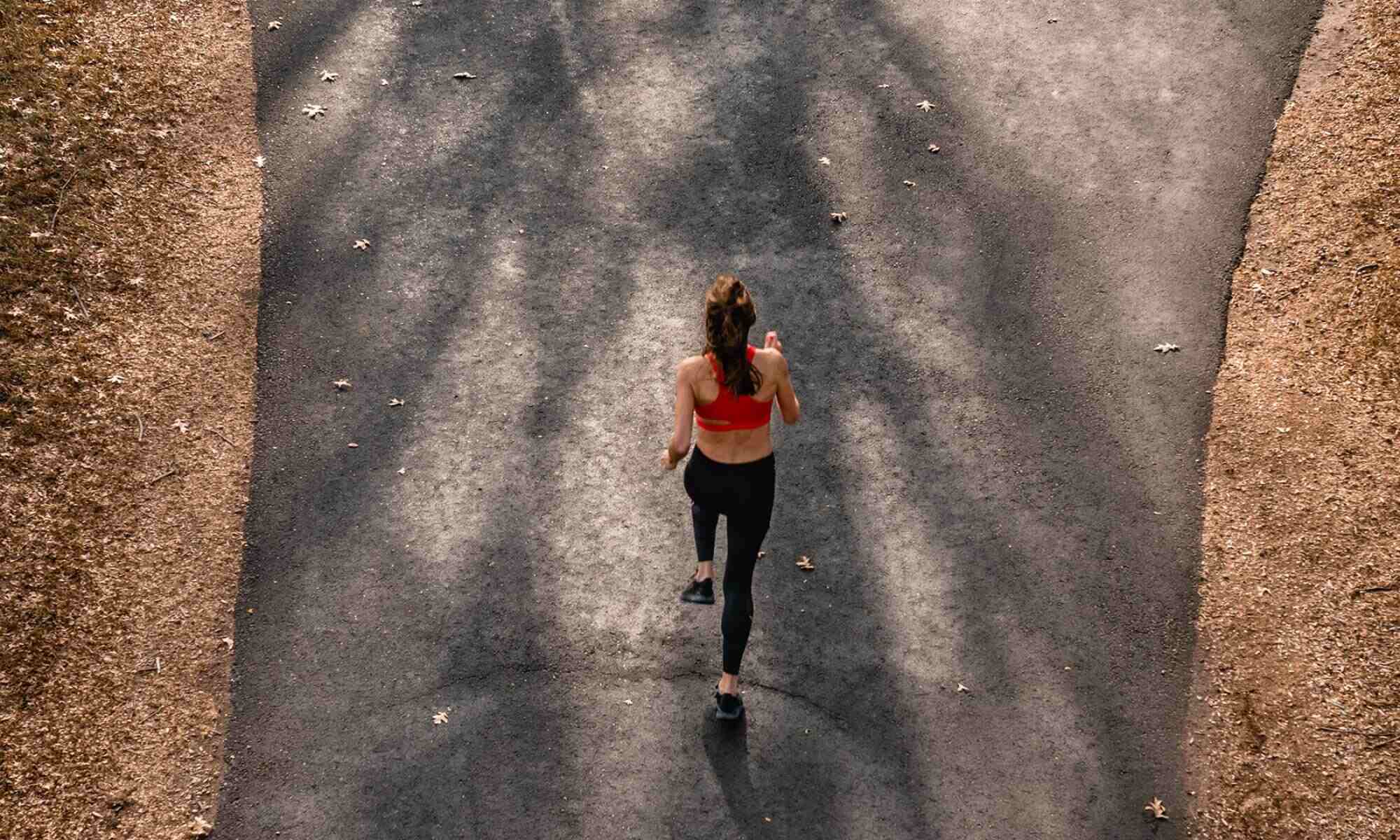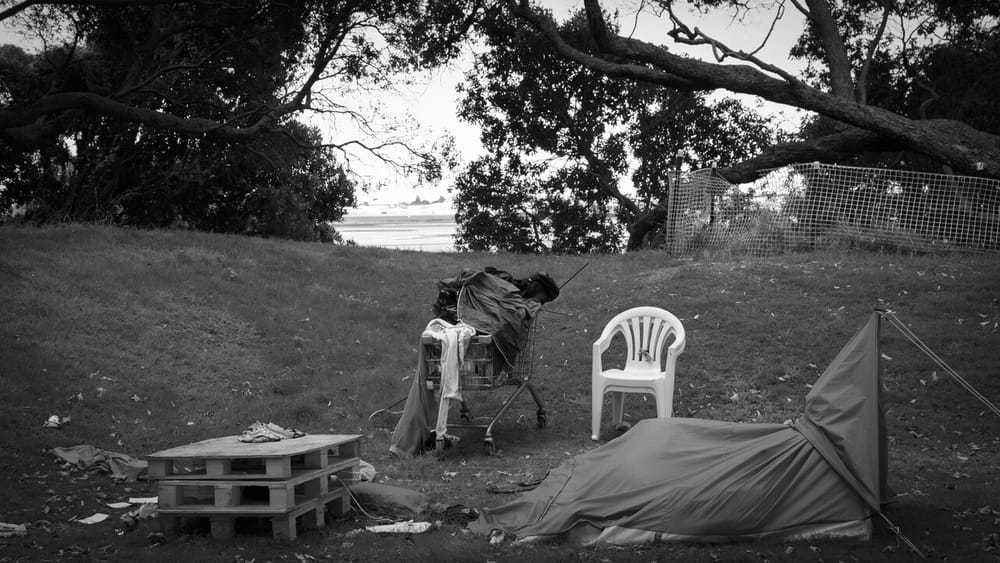Running relies on the fundamentals of sport: ability, desire, grit. You don’t need shoulder pads, and you don’t need a fancy pair of sharpened blades. Shoes—that’s it, supposedly.
If you get caught in a corner with a distance runner at a party, they’ll speak about it like it’s a religion. “It’s just me and the trail,” they might tell you, or “I can fully escape and be alone with my thoughts.” I know this because I’m a runner, and I’m sure I’ve said these things. I’ve competed at the collegiate level in track and cross-country, and during the off-season, I’m what you might jokingly call a “hobby jogger.”
Running for recreation though, specifically in America, has proven itself to be an arena in which the “all you need are shoes” tag line is a bit reductive if not oblivious. The claimed equity and accessibility of the sport is built off a certain amount of truth, but that quotient of universality is not as high as some of the slogans would have you believe. A number of athletes and analysts assert that the heart of the problem lies not within the organised institution itself but in certain societal ills that render the outside world less accepting to non-White joggers.
In February 2020, Ahmaud Arbery, a 25-year-old Black man, was gunned down by two White residents in a suburban Georgia neighbourhood while jogging. Arbery, unarmed, was killed in broad daylight after being chased and confronted by a father and son who later claimed they believed he was the suspect of two recent burglaries in the area. Arbery was murdered in February, but no arrests were made until May, after video of the incident surfaced, taken by a third participant in the assault. The footage quickly went viral and on May 8, all across the globe people participated in a virtual run using the hashtag #IRUNWITHMAUD and logging 3.59 kilometres (2.23 miles) to commemorate the day he died. The outpouring of solidarity came side by side with a more honest conversation about that ever-present phrase “all you need are shoes.”
Dr Rashawn Ray, a sociologist and professor at the University of Maryland, studies the intersection of physical activity and race. His research found that the Black male body, when in motion, can be viewed as a threat. He says this perception “has a direct effect [on the participation of Black people in physical activity] because it decreases the likelihood that people, particularly Black men in predominantly White spaces, will engage in physical activity.”
Ray remains unsure why people are at all surprised by this finding as he says it is common knowledge that in America the rules and regulations of a space do not apply when they are “being transferred onto the bodies of Black people.” The way in which a community “polices” its public space is entirely dependent on racial composition, he explains, and understanding that can help shed light on why runners of colour alter their exercise routines.
Derrick Adkins served for many years as director of The Armory Track and Field Center in New York and once earned Olympic gold himself in the 400-metre hurdles at the 1996 games. As a Black man, he says he has personal experience with the power race can have in shaping exercise norms. Adkins lives in Lakeview on Long Island which he describes as a predominantly Black, working-class neighbourhood. On a run though, he’ll often enter Rockville Centre, just a town over, whose population is largely White and wealthy. For years he says he felt more comfortable there since there were more runners (recreational jogging has been a historically White endeavour in the United States) but has, on three separate occasions, been stopped by the police. He describes only two of the instances as “antagonistic”, but all three as lacking reasonable cause. According to him, other Black runners share this predicament. Adkins has a female friend who he says leaves her Black, blue-collar neighbourhood to be around more joggers only to be made uncomfortable in the primarily White spaces.
“You’re ultra-conscious of your surroundings," he remarks, "and you’re scratching your head thinking to yourself where should I run?”
That so-called ‘double consciousness’ is crucial to understanding why recreational running, more so than organised competition, is less of a democratic institution.
“That when you exercise, supposedly, all you need is a pair of shoes means that nothing else is bothering you,” Ray explains, “and for Black people, that is not the case. When you simply try and go out for a jog, there are a series of barriers—real barriers—not just psychological or physical but social and cultural barriers that other people put up that prevent them from being able to engage in physical activity in the same way.”
Dr Natalia Petrzela, a historian specialising in American sport culture, says that “same way” in question requires not only a sense of security and protection but also safe streets, free time, a job with predictable shifts and reliable child-care.
“There is a reason that recreational running as a sport in the US is still overwhelmingly White,” she remarks, doubling down on bodily security as the most important. “To be a person of colour just out in public in the street, much less running, can present mortal danger.”
Petrzela wrote an opinion piece for The New York Times on this very subject back in May and says she received an enormous amount of backlash from primarily White men who were upset at the idea that the sport might not be as universal as it seems.
“One of the things that the running community often likes to congratulate itself on is how running is this perfect, idealised space that’s separate from everything else in the world,” she tells me. “Sorry! But history can be inconvenient and unpleasant, and I in no way want to begrudge anyone those pleasures. I feel them too, but just bring some awareness to the fact that they are not equally shared and that we should do our best to redress them.”
So why has jogging culture been so White? Petrzela says it can be traced partly to a book written by Nike co-founder Bill Bowerman entitled Jogging. The book became incredibly popular as the ‘jogging craze’ boomed in the 1970s and revolves significantly around the local running scene in Oregon, where Nike is headquartered.
“The Whiteness of the environment in Oregon very much shaped his experience of the sport and that book,” Petrzela says.
At the same time, jogging was also being marketed largely to White, middle-class Americans who were living in the suburbs and had an excess of leisure time as well as sedentary, White-collar desk jobs and appliances that cut down on physical labour.
“The fitness craze also becomes something that is not only a White pursuit but seen as an antidote to an excess of White leisure,” Petrzela explains. “I think those things together when you’re thinking about the jogging phenomenon, I think that those are powerful in making its most visible face be a White one.”
At the same time that the media was advancing imagery of the exclusively White jogger, there was a dangerous and harmful complement hitting the headlines in the form of the jogger’s adversary. Nowhere is this more evident than in the case of the now exonerated Central Park 5, a young group of Black men who, in 1989, were wrongfully accused of raping a White jogger in New York City. The case prompted a media frenzy and served as a fresh rallying cry around a well-worn trope of American racism.
“It’s not just that people of colour have not been historically able to enjoy this idealised fantasy of running,” Petrzela says. “So often in the media, one [sees] Black men . . . positioned as threats to joggers.” Ray says there has been a “consistent anti-integration sentiment” long before the Central Park 5 case and that people who report that their fears were stoked by it are merely in search of a justification for their own prejudice.
It seems to be that running itself is only as equitable as its surroundings. Erison Hurtault, who coaches New York University’s track and field and cross-country teams, and who is an Olympian himself, argues that within organised competition, the sport remains as universal as it should be on the outside.
“I’d say running is probably more diverse than most sports,” he says. “The community, in general, has been open to getting people out, involved and lowering barriers.”
Hurtault sites running at the professional level as reason for this assertion, saying, “You have the opportunity for the people in some of the poorest countries in the world to reach the highest heights. Like why is some guy who grew up on a farm in Kenya the best in the world in the marathon, whereas there are some other sports where you need to have been in a scenario where everything is catered to you from day one.”
Adkins echoed that sentiment, saying he had not experienced large-scale bias at any level within the running community and that the sport remains one of the lowest-cost options. Hurtault adds that as a coach, he can find out about some runner in as remote a place as northwestern Wyoming without any recruitment video or specialised training camp; it’s all about how fast they move.
“Track and field is one of those things where it goes back to the basics of competition as a kid, where it’s like ‘let’s race’,” Hurtault says.“That’s how it all started for most people: the racing. Just in terms of economics, it’s an easier sport to get into and to excel at.”
Petrzela says it has been much easier for the American public to digest the image of an athlete of colour within the confines of organised competition.
“There is something fundamentally different about the way that White Americans respond to elite Black athletes from the distance of their television screen,” she says. “For decades, Americans, White Americans, have cheered on Black Olympians, Black boxers, Black basketball players . . . while still harbouring extremely racist attitudes themselves.”
Ray asserts that the difference comes from entertainment value.
“There’s a difference between being entertained and . . . someone participating in a sport with you,” he says. “For a lot of White people, their implicit and explicit bias goes on steroids when they see a Black person running in their neighbourhood, because it suggests, ‘oh they are so comfortable that they can run in our neighbourhood, they are infiltrating, they are here,’ and of course there are social studies documenting that even though White people say they want diversity they only want it up to a certain extent.”
Adkins reports this has a lot to do, especially in the politically conservative sphere, with the pre-eminent importance of winning in American culture. In the 1990s, when his public profile rose to a certain level of fame, he says he was invited into certain elite, majority-White circles where there was a sense that though he was welcome, the larger Black community was not going to receive that same benevolence.
“When you’re Black and you’re excelling and winning, they’re like well okay let’s bring him in with us because he’s a winner,” Adkins explains, “and as I got to know some people—not allI did feel like there was an acceptance of me but a bias toward the average Black person.”
Both Adkins and Hurtault urge an understanding that the running community itself has been, in their experience, largely accepting.
“White runners can tell I’m a runner,” Adkins says. “But the cops can’t.”
The emerging narrative is that while running itself may be the great leveller that its evangelists propose it is, it is not an independent entity. Consequently, it remains un-immune to the products of the racist society in which it exists. This is not, however, an invitation to throw our hands in the air and chalk it up to a greater oppression on which one sport could not possibly have an influence. Equity is a verb too, and, when done right, starts with self-awareness.
“For people who are trying to sort through this,” Ray says, “what they need to ask themselves is, particularly when we’re talking about a White audience . . . why is it when you see a Black person moving through space it pops in your head that they’re suspicious and that they might be doing something criminal instead of just going about their normal day?”
Beyond a more honest dialogue around the supposed “escape” of running is the question of inclusion and outreach. If it is true, as Petrzela reports, that the dominant image of recreational running has been bullied into a perpetual state of Whiteness, it will take an active undoing to rectify it. Hurtault, who believes strongly in the educational value of athletics, wants it to be known that, in the wake of the coronavirus pandemic, cutting college running programs because they don’t drive revenue will eliminate important opportunities for the inclusion of student-athletes from all different backgrounds.
Outside organised competition in the world of road-racing, Adkins also stressed the need for deliberate outreach to communities of colour. He references the New York Roadrunners Club and their efforts to connect with minority communities and public elementary students calling it a “very authentic initiative to simply be very inviting and welcoming.”
It should be noted that the effort to lower barriers and spread awareness is not lacking an open invitation. There is a wealth of activists and athletes of colour already working overtime to make running, particularly recreational running, more accessible and honest about where it stands. And, for the running evangelist hesitant to let go of the “all you need is shoes” ideal, it seems only reasonable, for the love of the sport, to know it and its history as well as it has allowed you to know yourself.







